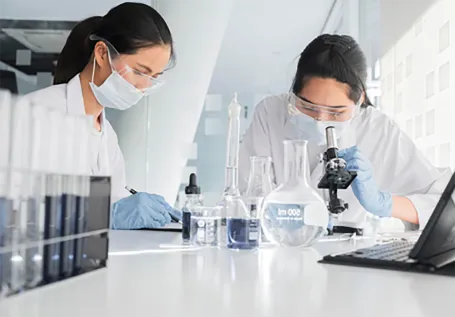Polyacrylamide Flocculant in Water Treatment
Water pollution is a pressing issue that affects ecosystems, human health, and overall quality of life globally. As the demand for clean water continues to rise, effective treatment methods have become increasingly essential. One such method involves the use of polyacrylamide flocculants, which play a crucial role in the clarification of water by facilitating the removal of suspended solids.
Polyacrylamides are water-soluble synthetic polymers composed of acrylamide monomers. They are widely used in various industries, including mining, paper production, and wastewater treatment, due to their excellent flocculation properties. In water treatment processes, polyacrylamide acts by aggregating fine particles, colloids, and suspended solids into larger flocs, which can then be easily separated from the water.
The flocculation process begins when polyacrylamide is added to contaminated water. Depending on the molecular weight and degree of charge of the specific polyacrylamide used, the flocculant can bond with particles present in the water, creating larger aggregates. These aggregates are more easily filtered or settled, effectively reducing turbidity and clarifying the water. This is particularly important in municipal wastewater treatments, where efficient sludge removal is imperative.
polyacrylamide flocculant water treatment

One of the significant advantages of using polyacrylamide flocculants is their versatility. They can be tailored for different applications, with variations in charge density and molecular weight optimizing performance across various water types. For instance, anionic polyacrylamides can be employed effectively in high-pH conditions, while cationic variants work well in acidic environments. This adaptability ensures that a suitable flocculant can be found for a wide array of water treatment scenarios, from industrial effluents to municipal sewage systems.
In addition to their effectiveness in promoting flocculation, polyacrylamide flocculants are also valued for their efficiency. The use of these substances can lead to shorter settling times and reduced chemical usage in water treatment processes. This not only lowers operational costs but also minimizes the environmental impact associated with traditional treatment chemicals.
However, the application of polyacrylamide in water treatment is not without challenges. Concerns regarding the residual acrylamide monomer, a potential neurotoxin, have raised questions about their safety in drinking water applications. Regulatory bodies are continuously evaluating the implications of using synthetic polymers, and ongoing research is necessary to ensure that these flocculants can be used safely without adverse effects on human health or the environment.
In conclusion, polyacrylamide flocculants represent a significant advancement in the field of water treatment. Their ability to efficiently remove suspended solids while being customizable for specific water treatment needs makes them a valuable tool in addressing water pollution challenges. With ongoing research and development, the potential for safe, effective usage of polyacrylamide in enhancing water quality remains promising. As communities strive for cleaner water and better environmental stewardship, the role of such innovative solutions will be crucial in achieving sustainable water management practices.

